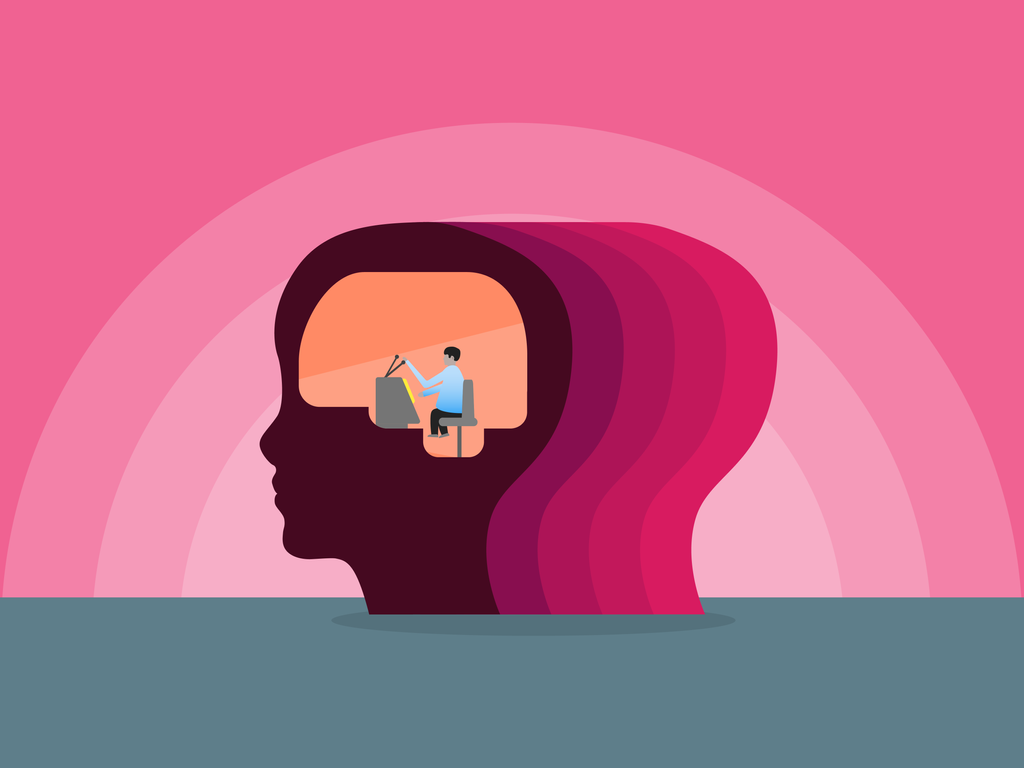
Metacognition is sometimes over-complicated or over-simplified and often misunderstood, but has the power to change our approaches to teaching and learning. Implementing changes to classroom practice takes time, but the impact is long reaching.
As teachers we engage in a constant attempt to develop and nurture something which is, ultimately, invisible to us. We hope our students are taking in what we teach and that the knowledge and skills we impart will be useful and become part of their world. But what if it was possible to give them an understanding of how they think and the tools to ‘drive’ their brain? What if we provided them access to become the most effective and efficient independent learners possible? And we can - by embedding metacognition in our classroom practice.
What is metacognition?
Metacognition is a set of behaviours which maximise the potential for, and efficacy of, learning. Different people have defined it in slightly different ways, but for the purposes of this article, I am working with this definition:
‘A metacognitive learner is one who has knowledge and control over cognitive skills and processes. They understand how learning happens, and they are able to actively and independently apply this understanding to help them learn in the most effective way, and to sustain that learning into the future.’